Home>Articles>How To Identify The Live (L) And Neutral (N) Wires In An Electrical Cord
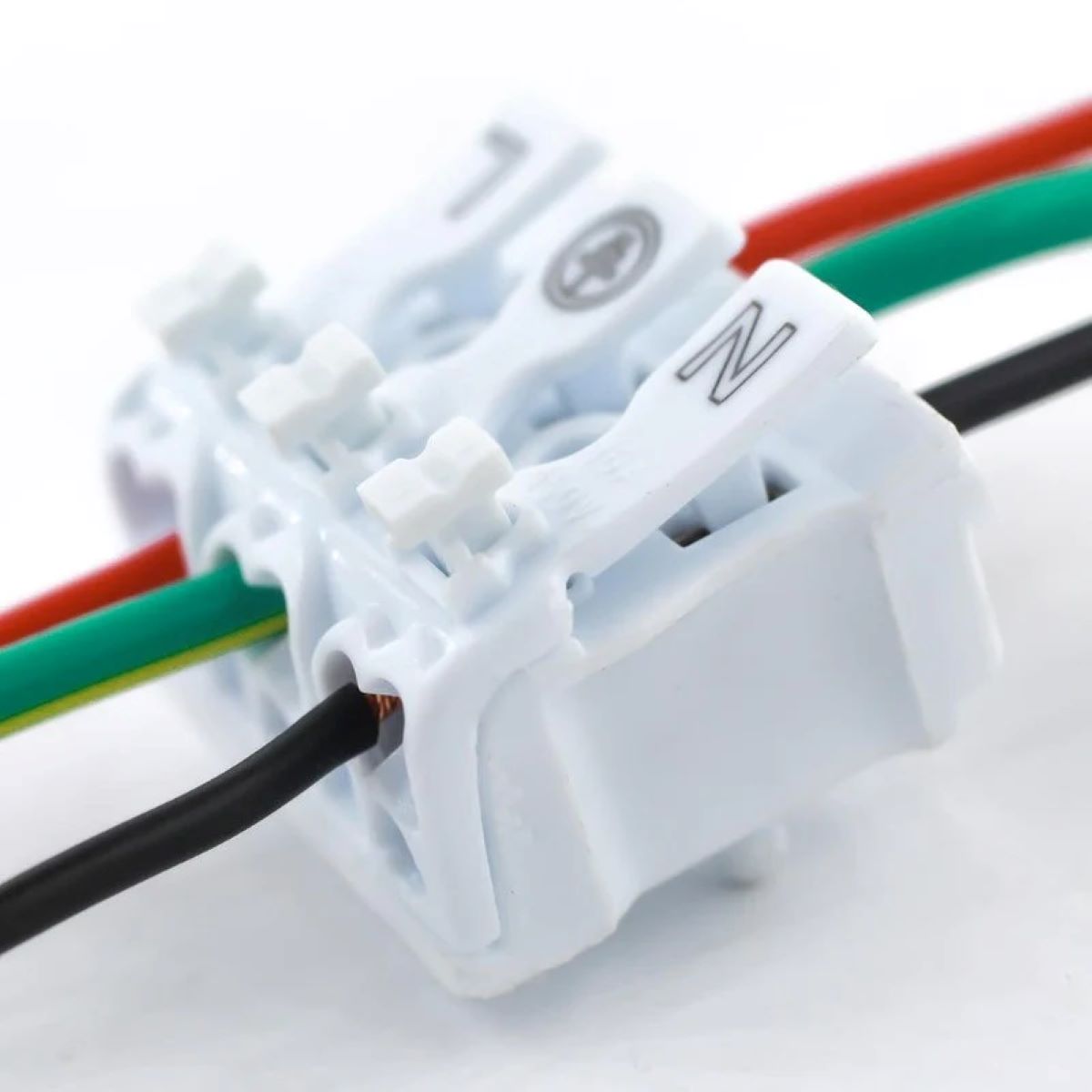

Articles
How To Identify The Live (L) And Neutral (N) Wires In An Electrical Cord
Modified: January 9, 2024
Discover the difference between L and N in electrical cords with our informative articles. Gain insights on proper wiring practices and ensure safety in your home.
(Many of the links in this article redirect to a specific reviewed product. Your purchase of these products through affiliate links helps to generate commission for Storables.com, at no extra cost. Learn more)
Introduction
Welcome to the world of electrical cords! Whether you are setting up a new appliance or tackling a DIY project, understanding the ins and outs of electrical cords is crucial for your safety. One common question that often arises is how to identify the live (L) and neutral (N) wires in an electrical cord.
In this article, we will delve into the details of electrical cords and guide you on how to determine which wire is the live wire and which one is the neutral wire. We will also provide some essential safety precautions to keep in mind while handling electrical cords.
So, let’s kick-start your journey to becoming more knowledgeable about electrical cords and wire identification!
Key Takeaways:
- Identifying live (L) and neutral (N) wires in electrical cords is crucial for safety. Remember, the live wire carries electricity from the source, while the neutral wire completes the circuit. Prioritize safety and follow color-coding guidelines.
- When working with electrical cords, prioritize safety by following recommended precautions. Turn off the power, inspect cords for damage, avoid overloading, and seek professional help if uncertain. Safety first for a smooth and secure electrical experience!
Read more: What Is A Neutral Electrical Wire
Understanding Electrical Cords
Electrical cords, also known as power cords or extension cords, are essential components used to connect electrical devices to power sources. They consist of a flexible cable with plugs on both ends, allowing for easy connection and disconnection.
The cable in an electrical cord is typically made up of several insulated wires housed within an outer sheath. These wires serve different purposes and are color-coded to help identify their function. In most cases, electrical cords have three wires: the live wire (L), the neutral wire (N), and the ground wire (G).
The live wire carries the electricity from the power source to the device, while the neutral wire completes the circuit and allows the current to flow back to the power source. The ground wire, which is usually green or green with yellow stripes, is a safety feature designed to redirect any electrical faults to the ground.
It is important to note that not all electrical cords have the ground wire. Some devices, such as double-insulated appliances, do not require a ground connection.
Now that we have a basic understanding of electrical cords, let’s move on to identifying the live and neutral wires in an electrical cord.
Identifying the Live (L) Wire
When dealing with electrical cords, it is crucial to correctly identify the live wire, as it carries the current and poses the greatest risk of electric shock. The live wire is typically labeled as “L” or “Line” and is often color-coded.
In many countries, including the United States and Canada, the live wire is commonly black, red, or any color other than green, white, or gray. However, it is essential to note that color coding can vary depending on local electrical codes and standards.
If you are unsure about the color coding in your region, there are a few methods you can use to identify the live wire:
- Consult the manufacturer’s instructions: Many electrical devices come with user manuals or labels that indicate the correct wire connections. Be sure to refer to these instructions before proceeding.
- Use a voltage tester: A voltage tester is a handy tool that can determine whether a wire is carrying live electrical current. By touching the probes of the voltage tester to the wires, you can identify which one is the live wire. However, ensure that you follow the instructions and safety guidelines provided with the voltage tester.
- Seek professional help: If you are uncertain or uncomfortable identifying the live wire on your own, it is best to seek the assistance of a qualified electrician. They have the necessary expertise and equipment to safely determine the live wire.
Remember, always prioritize safety when dealing with electricity. If you are unsure or feel uncomfortable, it is better to seek professional help rather than risking injury or damage.
Now that we have discussed the live wire, let’s move on to understanding the neutral wire.
The “L” wire in an electrical cord is the live wire, which carries the current to the appliance. The “N” wire is the neutral wire, which completes the circuit and carries the current back to the source. Always use caution when working with electrical cords.
Determining the Neutral (N) Wire
The neutral wire in an electrical cord is responsible for completing the circuit and allowing the current to flow back to the power source. It is commonly labeled as “N” or “Neutral” and is typically color-coded differently from the live wire.
In many regions, including the United States and Canada, the neutral wire is usually white or gray. However, as mentioned earlier, it is important to verify the color coding in your local electrical code and standards, as variations can exist.
If you are unsure about the color coding or need to determine the neutral wire, consider the following methods:
- Refer to manufacturer’s instructions: As with identifying the live wire, referring to the device’s user manual or labels can provide guidance on connecting the neutral wire correctly.
- Check for continuity: Using a continuity tester or a multimeter set to the continuity mode, you can test for continuity between the wires. The wire that shows continuity with the ground wire or has zero resistance is likely the neutral wire.
- Consult a professional: If you are uncertain about identifying the neutral wire or feel uncomfortable performing the tests, it is best to consult a qualified electrician who can assist you in determining the correct wire.
Remember, understanding and correctly identifying the neutral wire is crucial, as it ensures the safe and efficient flow of electrical current in the circuit.
Now that we have covered how to determine the neutral wire, let’s move on to discussing some recommended safety precautions to keep in mind when working with electrical cords.
Recommended Safety Precautions
Working with electrical cords requires utmost care and attention to ensure your safety. Here are some recommended safety precautions to keep in mind:
- Turn off the power: Before handling any electrical cord, make sure to turn off the power source and unplug the device from the outlet. This reduces the risk of electric shock.
- Inspect the cord: Regularly inspect the electrical cord for any signs of damage, such as frayed wires or exposed insulation. Avoid using cords that are damaged, as they can be hazardous and may cause electrical fires or shocks.
- Avoid overloading: Do not overload the electrical cord by plugging in too many devices or drawing more current than the cord can handle. Overloading can lead to overheating, which can be dangerous and increase the risk of fire.
- Proper storage: When not in use, store electrical cords properly to prevent them from getting tangled, damaged, or tripped over. Avoid winding cords tightly, as it can cause stress on the wires.
- Avoid moisture: Keep electrical cords away from water or damp areas. Moisture can damage the insulation and increase the risk of electrical shock.
- Handle plugs with care: When plugging or unplugging electrical cords, do so gently and firmly. Avoid yanking or pulling the cord from the plug, as it can damage the wire connections.
- Use appropriate extension cords: If you need to use an extension cord, ensure that it is suitable for the intended purpose. Use extension cords with the correct amperage rating and length to avoid voltage drop and overheating.
- Keep cords away from heat sources: Avoid placing electrical cords near heat sources such as radiators or stoves. Heat can damage the cord’s insulation and increase the risk of electrical fires.
- Follow manufacturer’s instructions: Always refer to the manufacturer’s instructions for proper use and maintenance of the electrical cord. They provide specific guidelines for safe handling and usage.
- Seek professional help: If you are unsure about any aspect of working with electrical cords or if the task requires specialized knowledge, it is best to seek the assistance of a qualified electrician.
By following these safety precautions, you can greatly reduce the risk of electrical accidents and ensure a safe environment when working with electrical cords.
Now let’s conclude our exploration of identifying the live and neutral wires in an electrical cord.
Conclusion
Understanding how to identify the live (L) and neutral (N) wires in an electrical cord is essential for ensuring your safety when working with electricity. By correctly identifying these wires, you can make the appropriate connections and avoid potential hazards such as electric shock or fire.
We discussed that the live wire carries the electricity from the power source to the device, while the neutral wire completes the circuit and allows the current to flow back to the power source. It is crucial to verify the color coding of these wires according to local electrical codes and standards.
To determine the live and neutral wires in an electrical cord, you can consult the manufacturer’s instructions, use a voltage tester, or seek professional help from a qualified electrician. Prioritizing safety should be your top priority when working with electrical cords or any electrical equipment.
We also addressed some recommended safety precautions to follow, including turning off the power, inspecting the cords for damage, avoiding overloading, and proper storage. By incorporating these precautions into your electrical cord handling practices, you can minimize the risks associated with electrical accidents.
Remember, if you are unsure or uncomfortable with any aspect of working with electrical cords, it is always best to seek professional assistance. Electricians have the knowledge, skills, and experience to handle electrical projects safely and effectively.
By taking the time to understand and implement these safety measures, you can confidently and safely work with electrical cords, ensuring the smooth operation of your electrical devices without compromising your wellbeing.
Thank you for joining us on this journey to learn about the identification of live and neutral wires in electrical cords. Stay safe and have a wonderful experience utilizing your newfound knowledge!
Frequently Asked Questions about How To Identify The Live (L) And Neutral (N) Wires In An Electrical Cord
Was this page helpful?
At Storables.com, we guarantee accurate and reliable information. Our content, validated by Expert Board Contributors, is crafted following stringent Editorial Policies. We're committed to providing you with well-researched, expert-backed insights for all your informational needs.
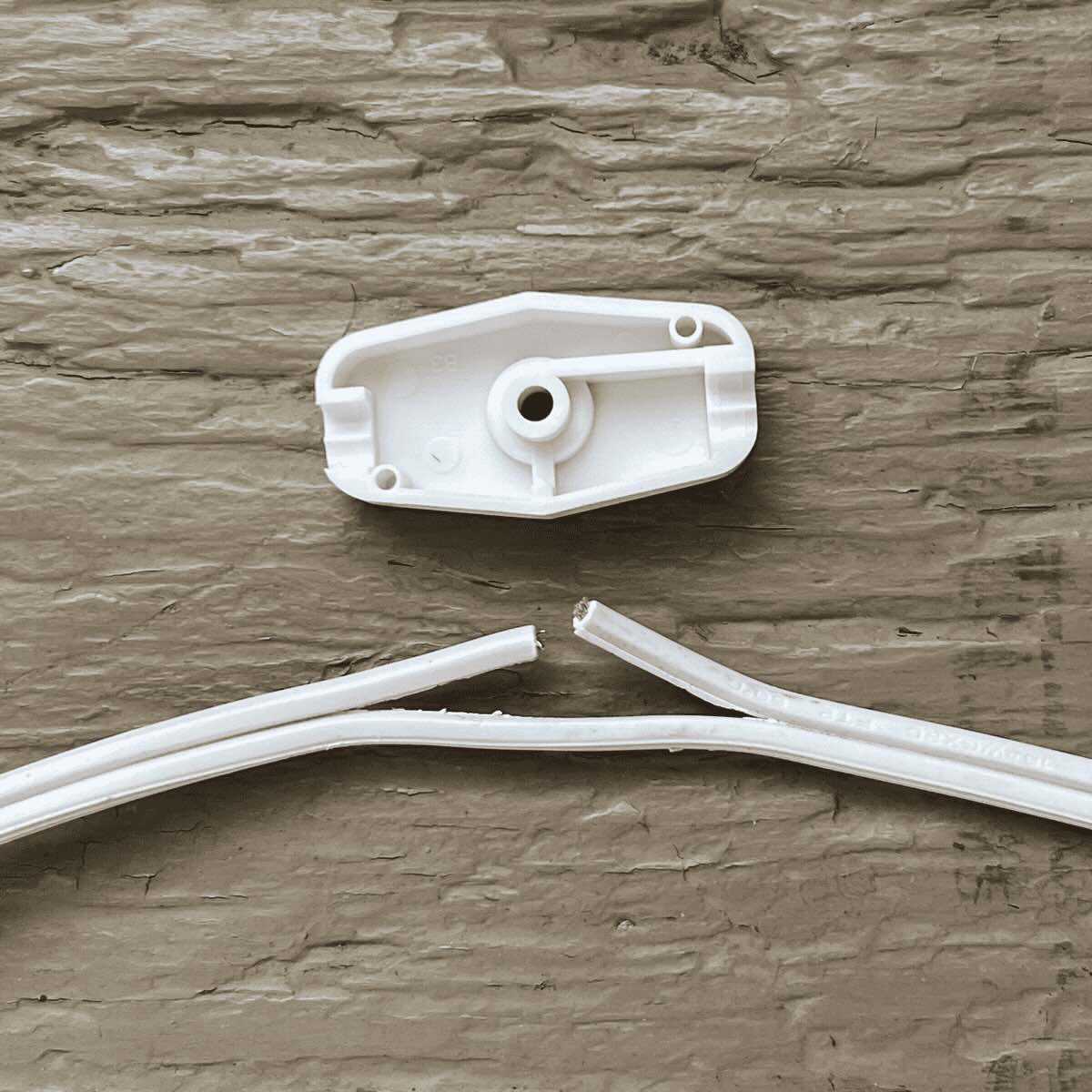
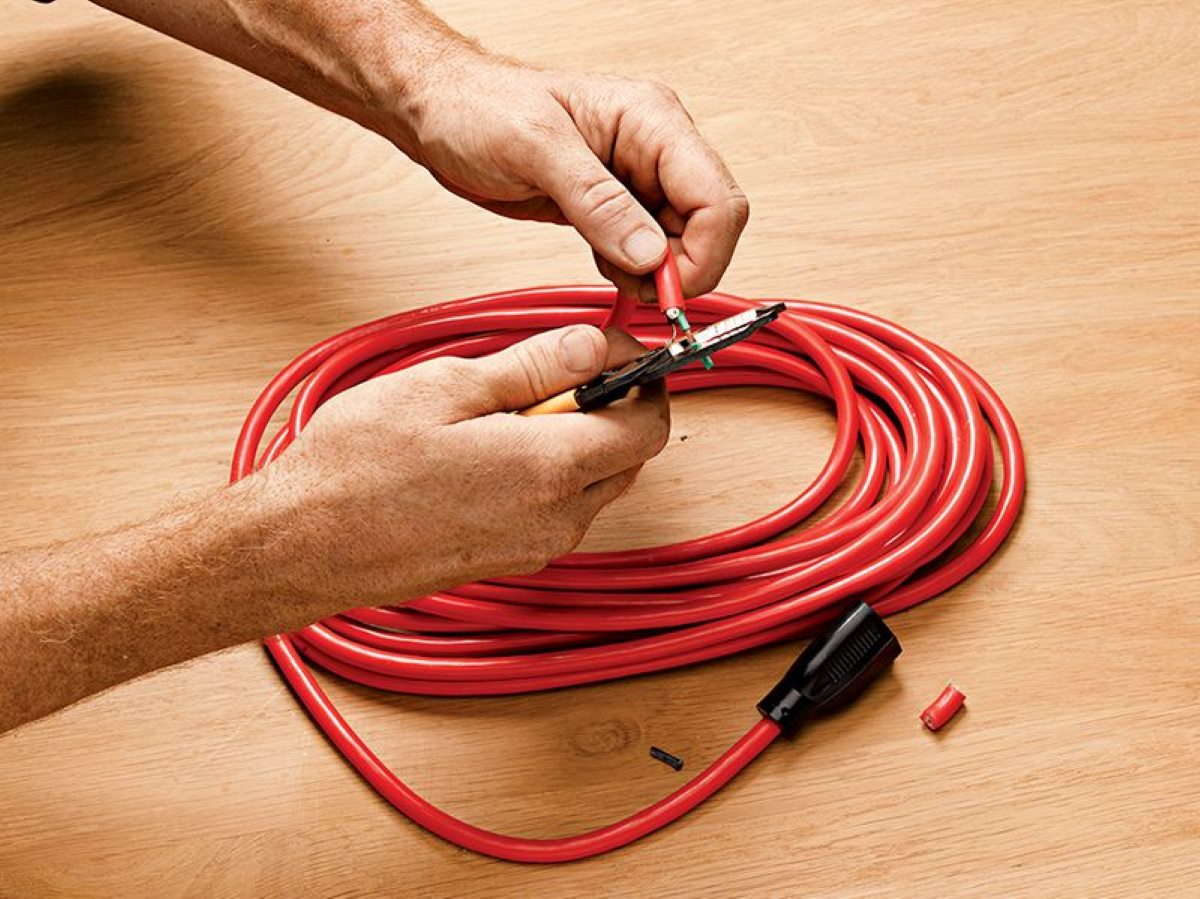
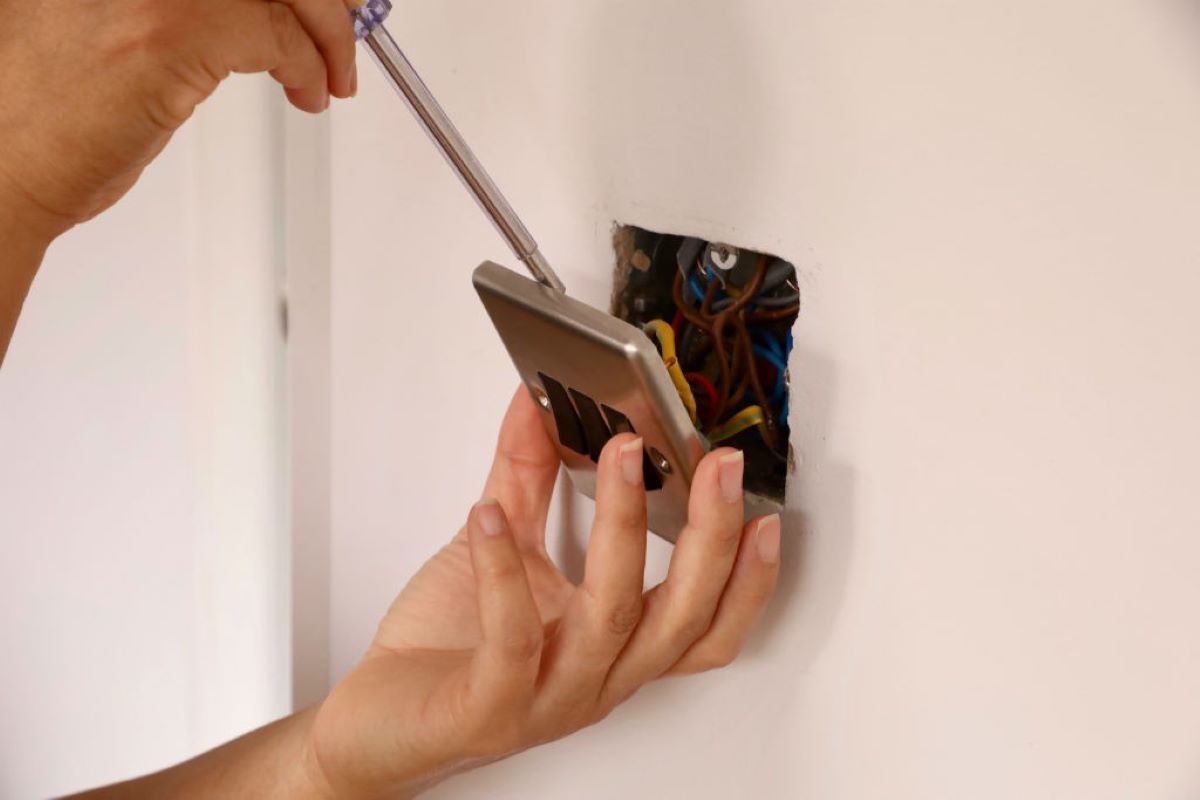
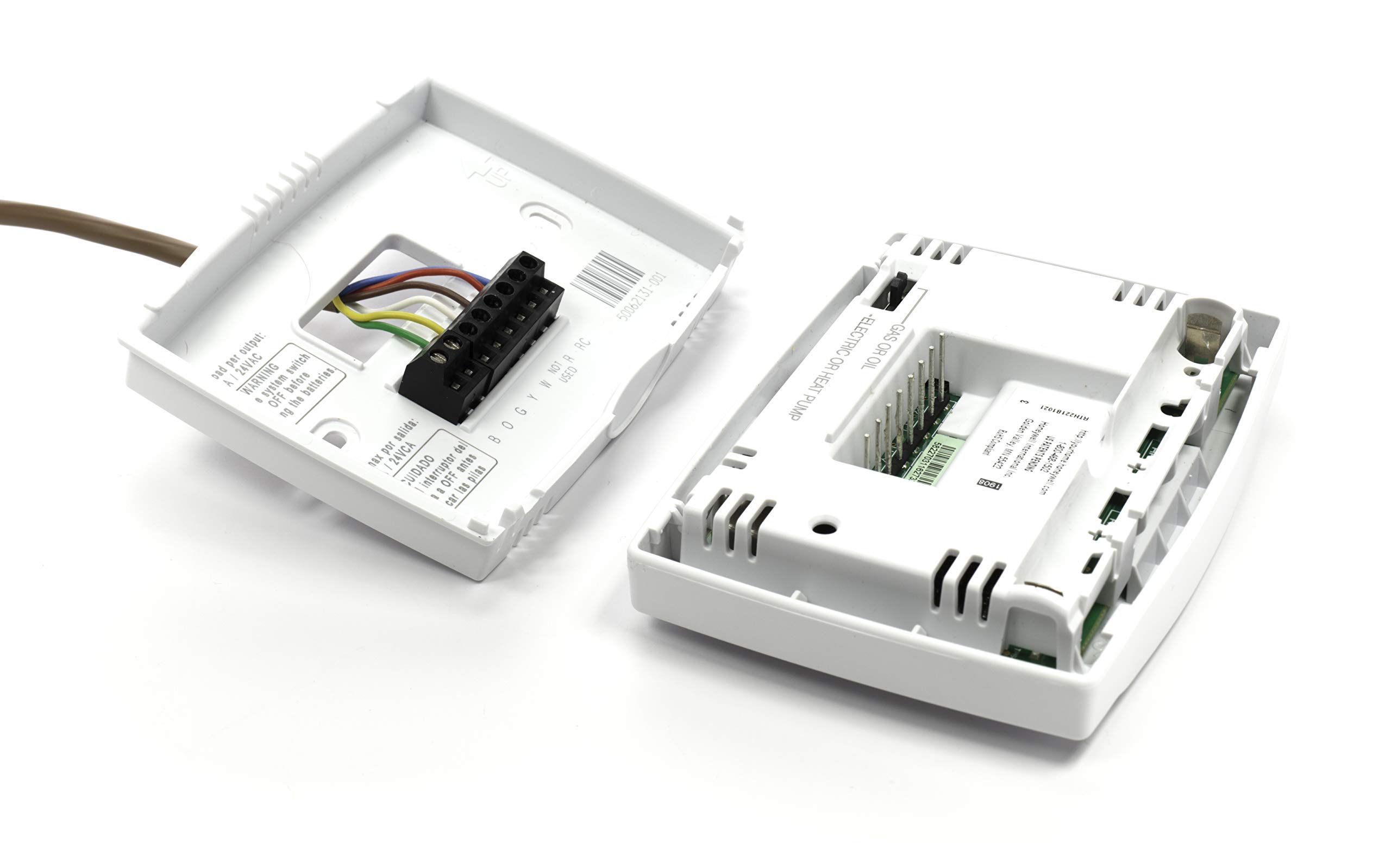
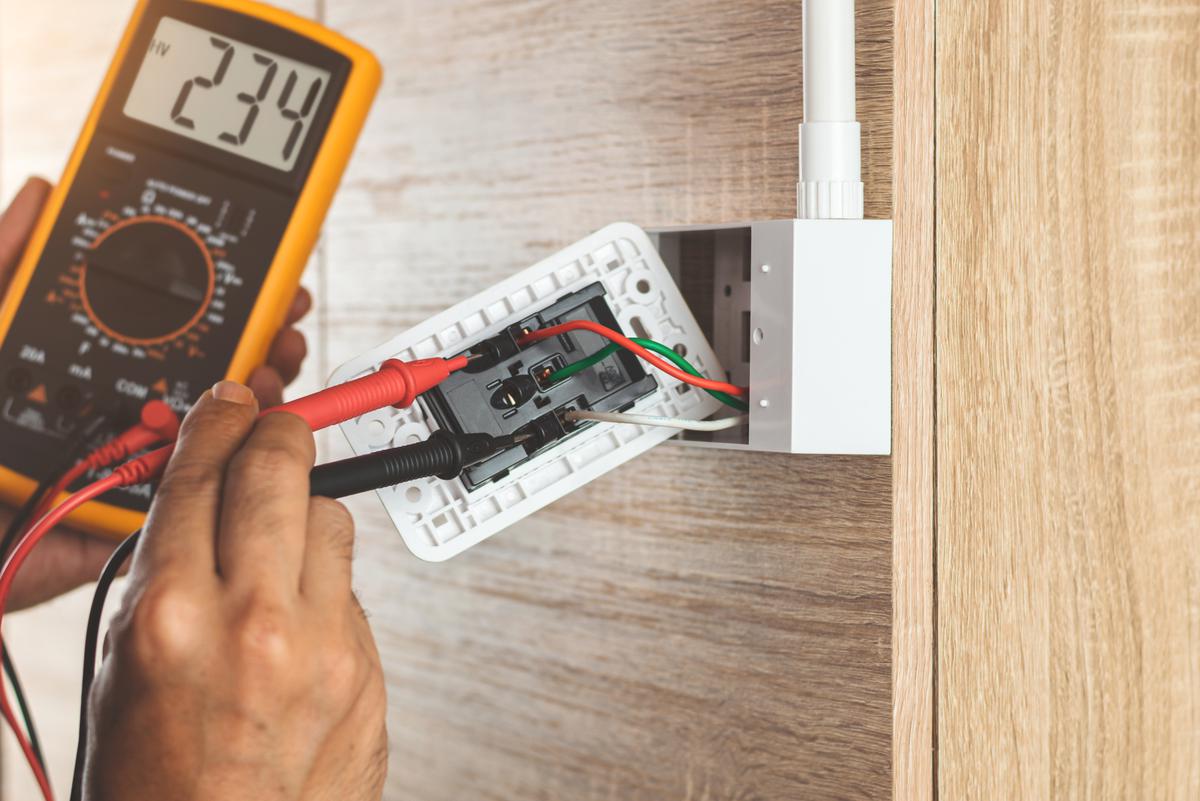
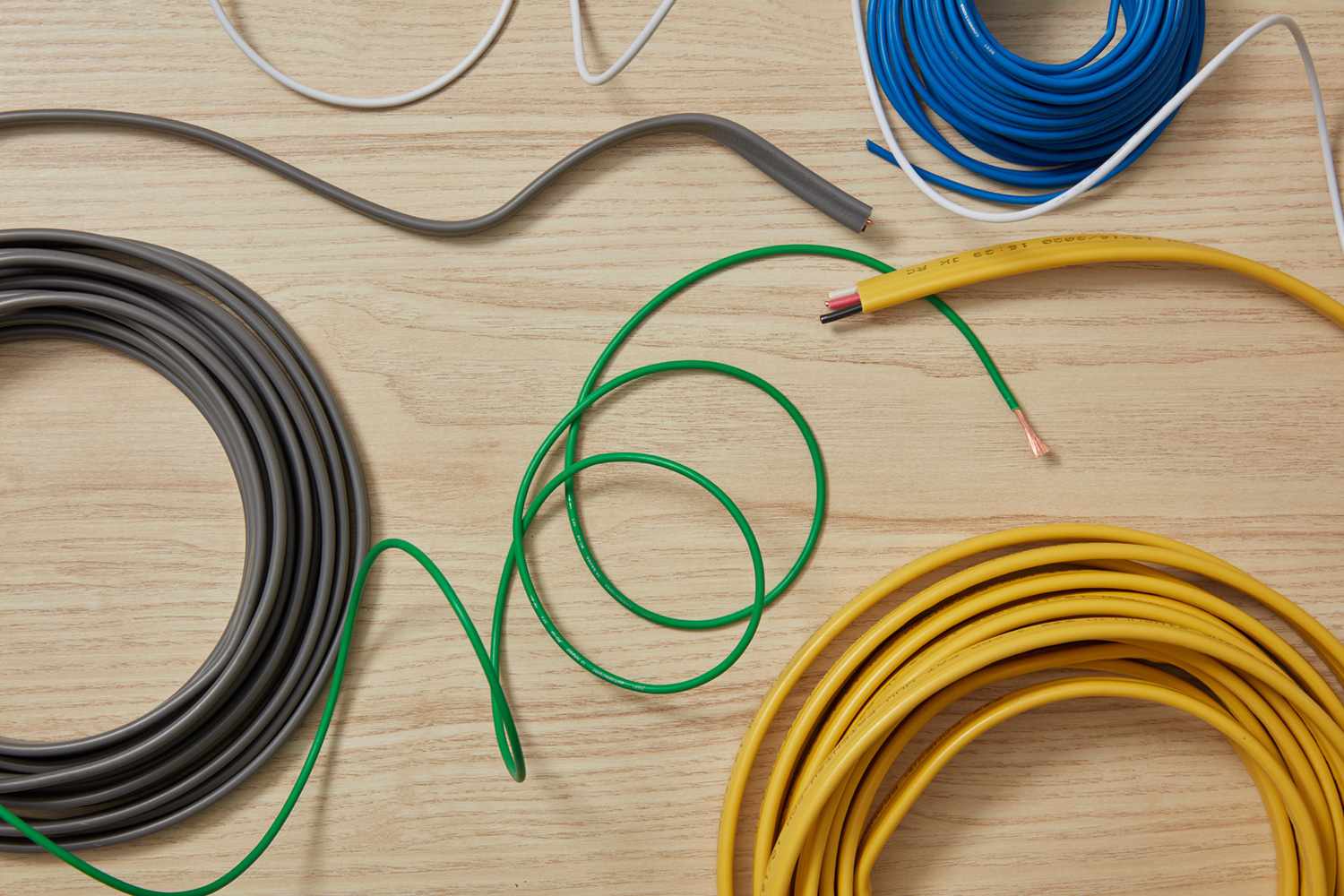
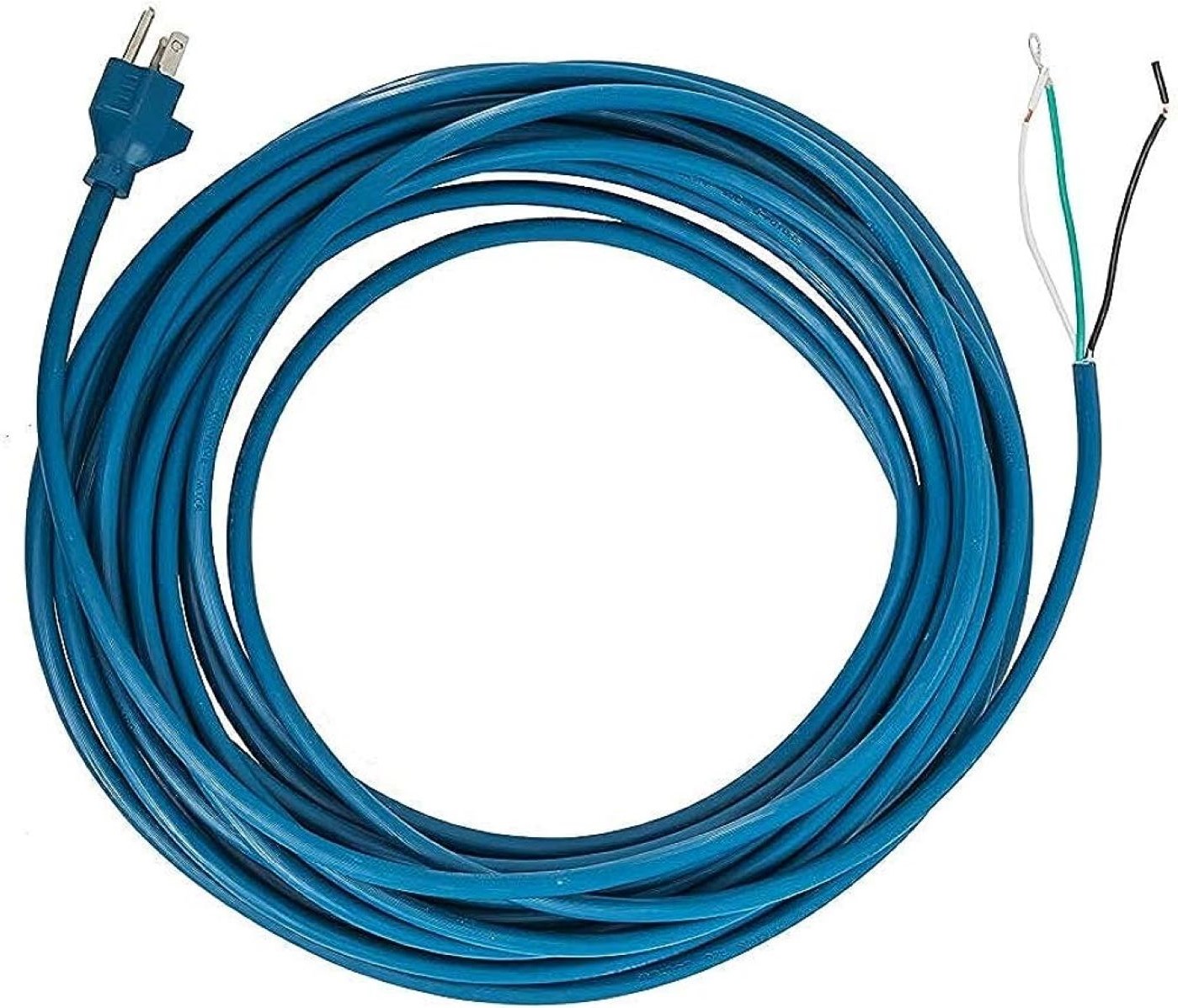
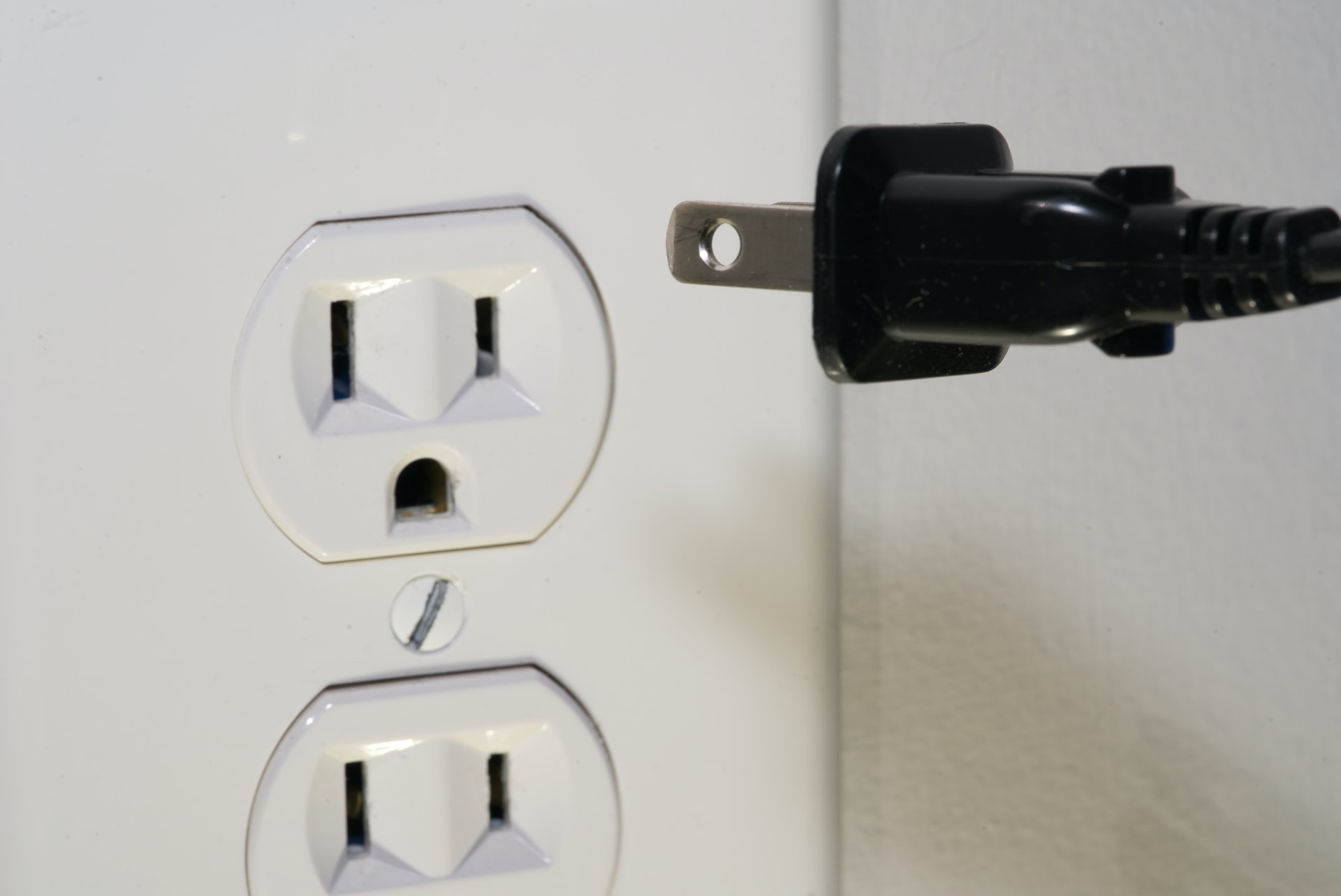
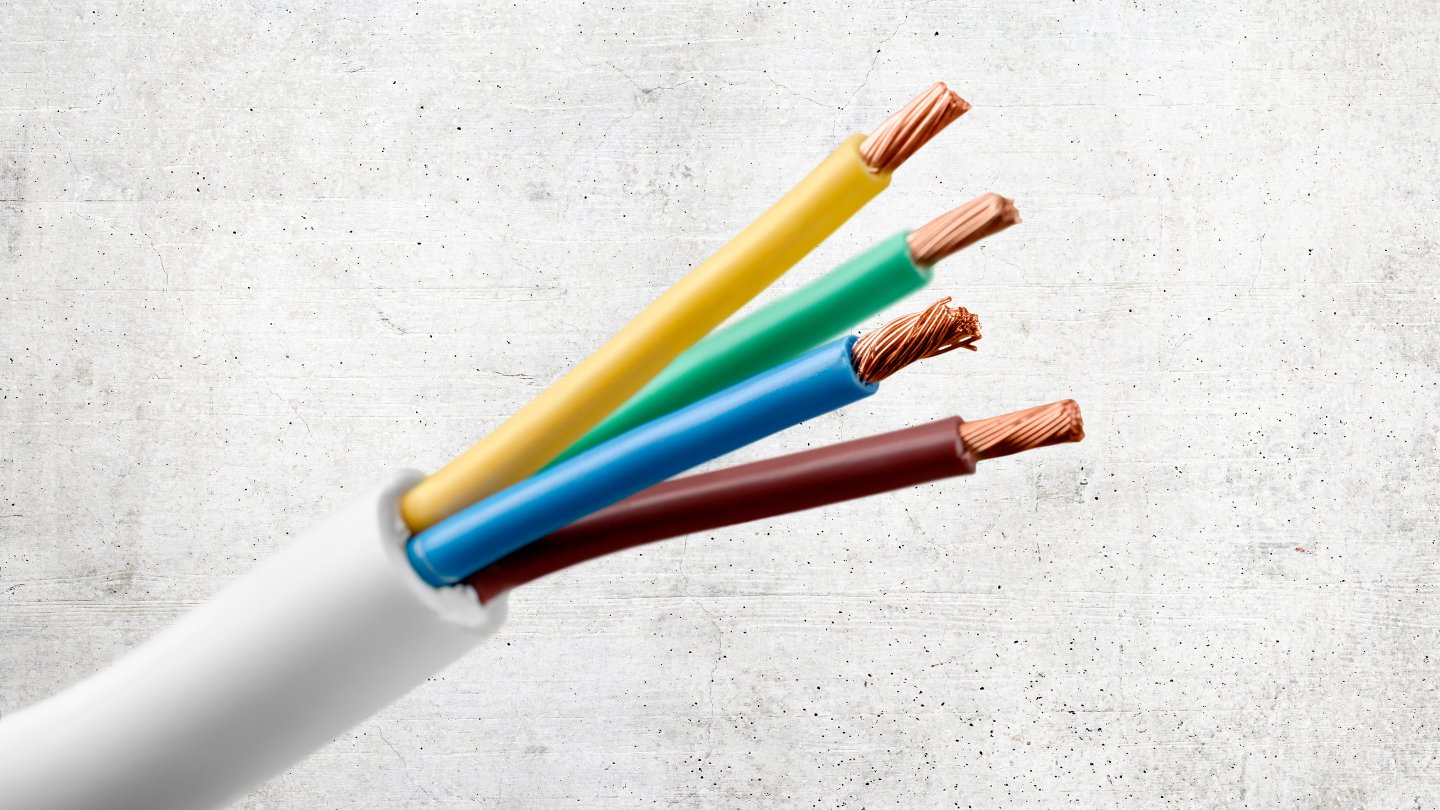
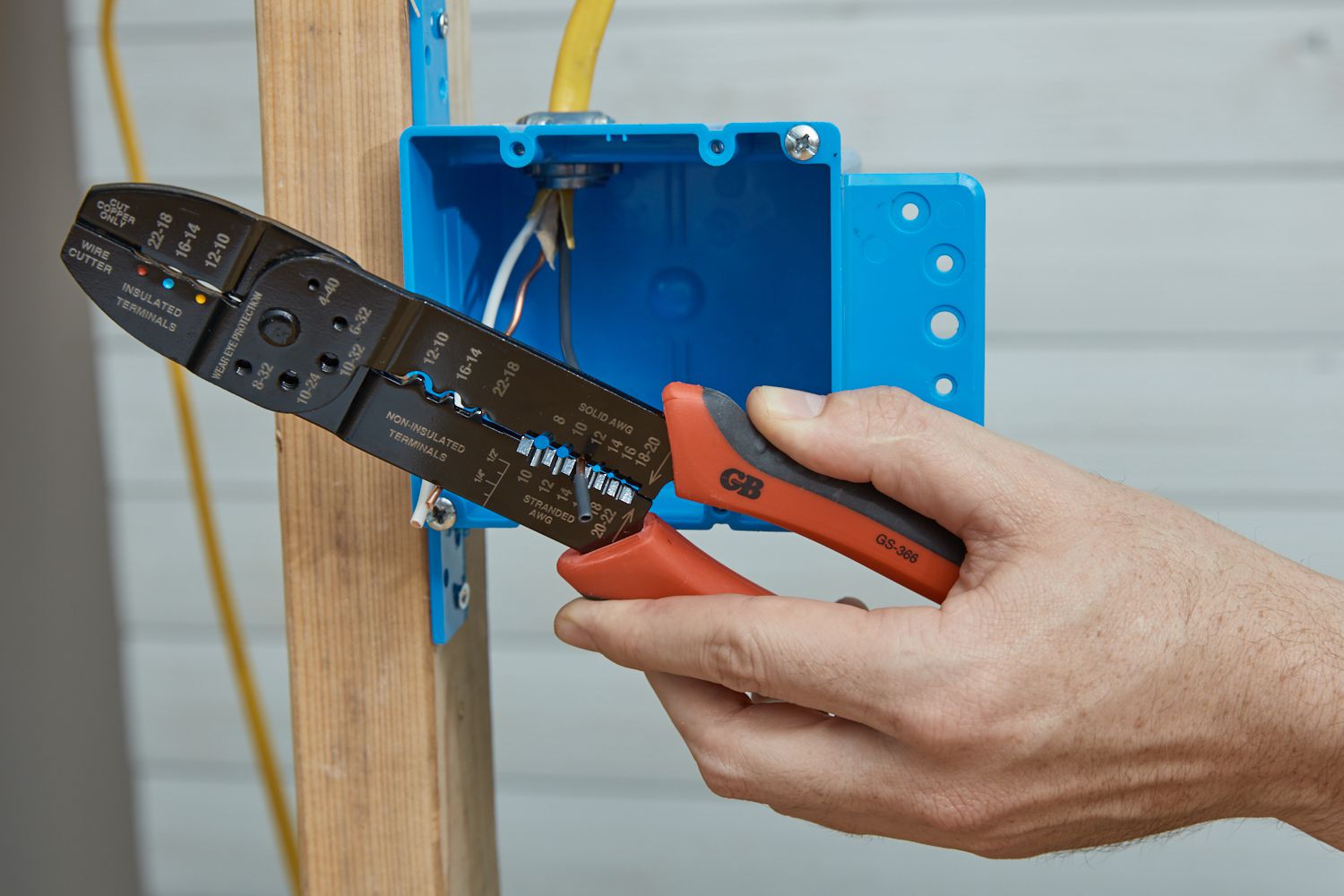

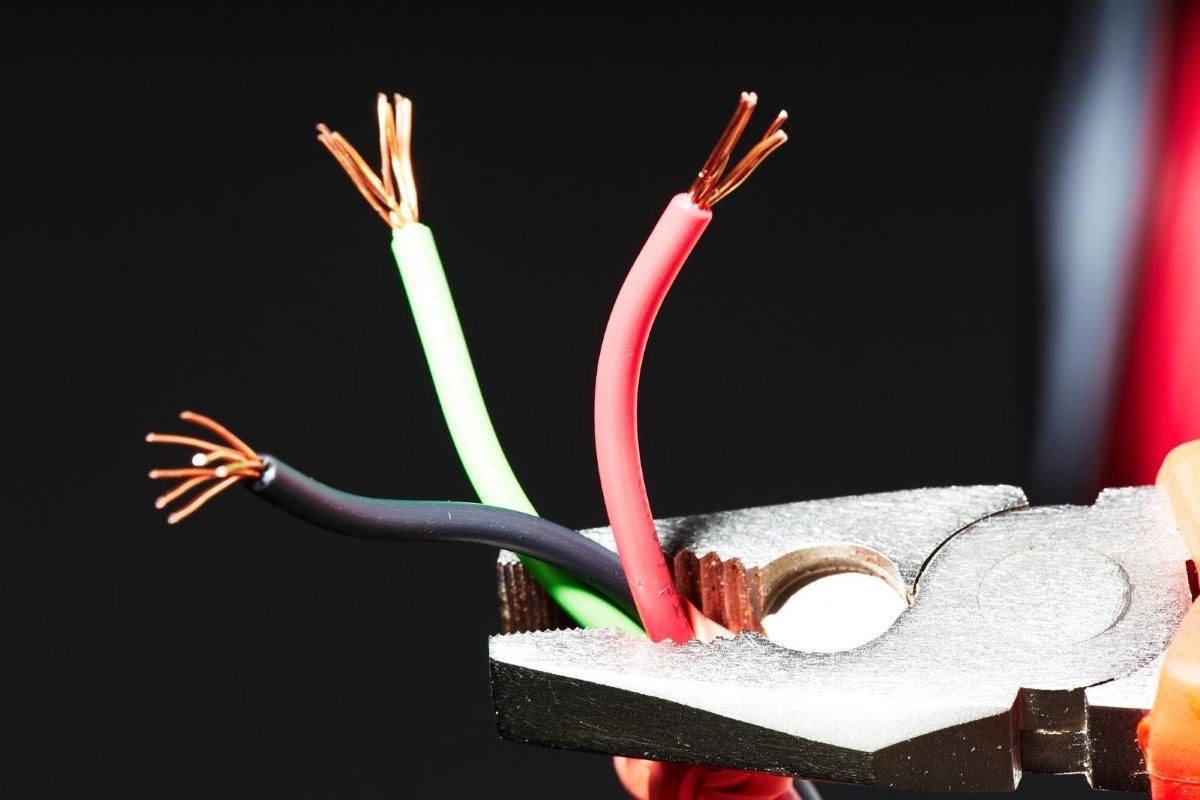
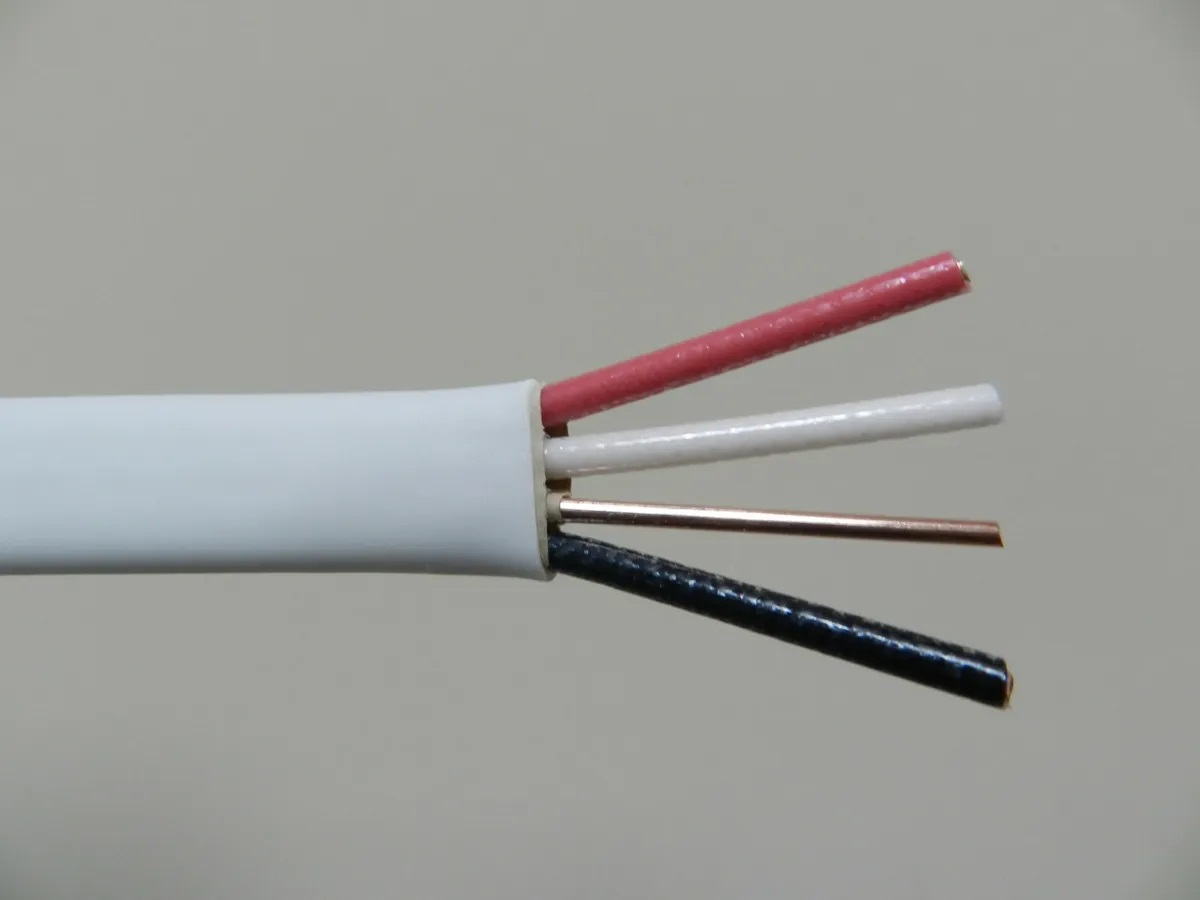


0 thoughts on “How To Identify The Live (L) And Neutral (N) Wires In An Electrical Cord”